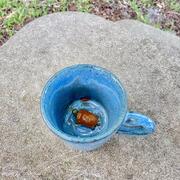Science
10-Year Overview of the CRU Program
A Hawk's View of 2024
Stories from the Field
Our website is currently undergoing a major update. Be sure to visit regularly for the latest enhancements. Last updated September 30, 2025. A unique value of our Program is the capability to address specific, short-term needs of our cooperators while conducting long-term fish and wildlife research. Our researchers rely on graduate students to address applied management questions.




